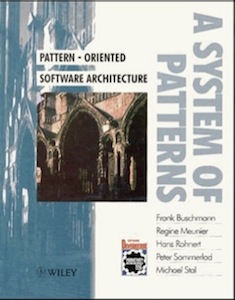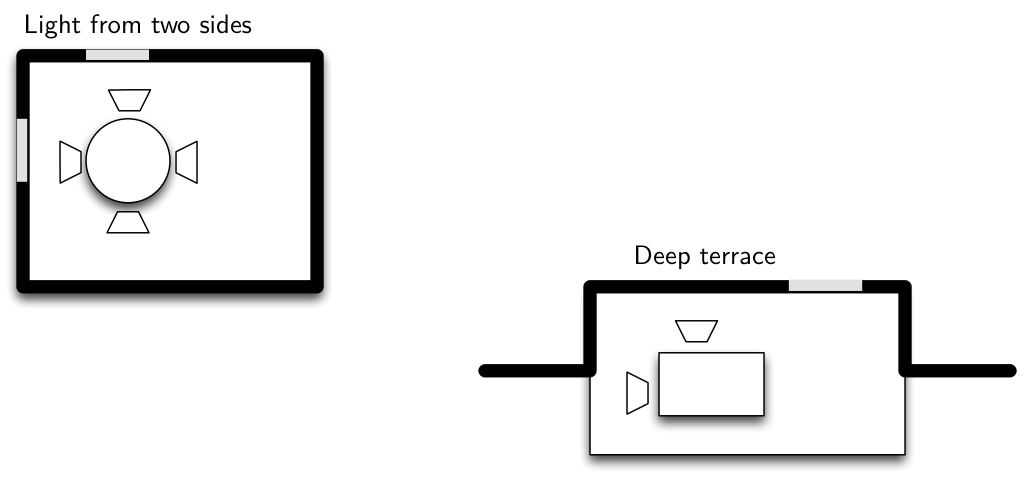R. Martin‘s Chess Analogy
When people begin to play chess they learn the rules and physical requirements of the game. They learn the names of the pieces, the way they move and capture, the board geometry and orientation. At this point, people can play chess, although they will probably not be very good players.
As they progress, they learn the principles. They learn the value of protecting the pieces and their relative value. They learn the strategic value of the center squares and the power of a threat…
At this point, they can play a good game. They know how to reason through the game and can recognize “stupid” mistakes.
However, to become a master of chess, one must study games of other masters. Buried in those games are patterns that must be understood, memorized, and applied repeatedly until they become second nature.
There are thousands upon thousands of these patterns. Opening patterns are so numerous that there are books dedicated to their variations. Midgame patterns and ending patterns are also prevalent, and the master must be familiar with them all.
So it is with software. First one learns the rules. The algorithms, data structures, and languages of software. At this point, one can write programs, albeit not very good ones.
Later, one learns the principles of software design. One learns the importance of cohesion and coupling, of information hiding and dependency management.
But to truly master software design, one must study the designs of other masters. Deep within those designs are patterns that can be used in other designs. Those patterns must be understood, memorized, and applied repeatedly until they become second nature.




